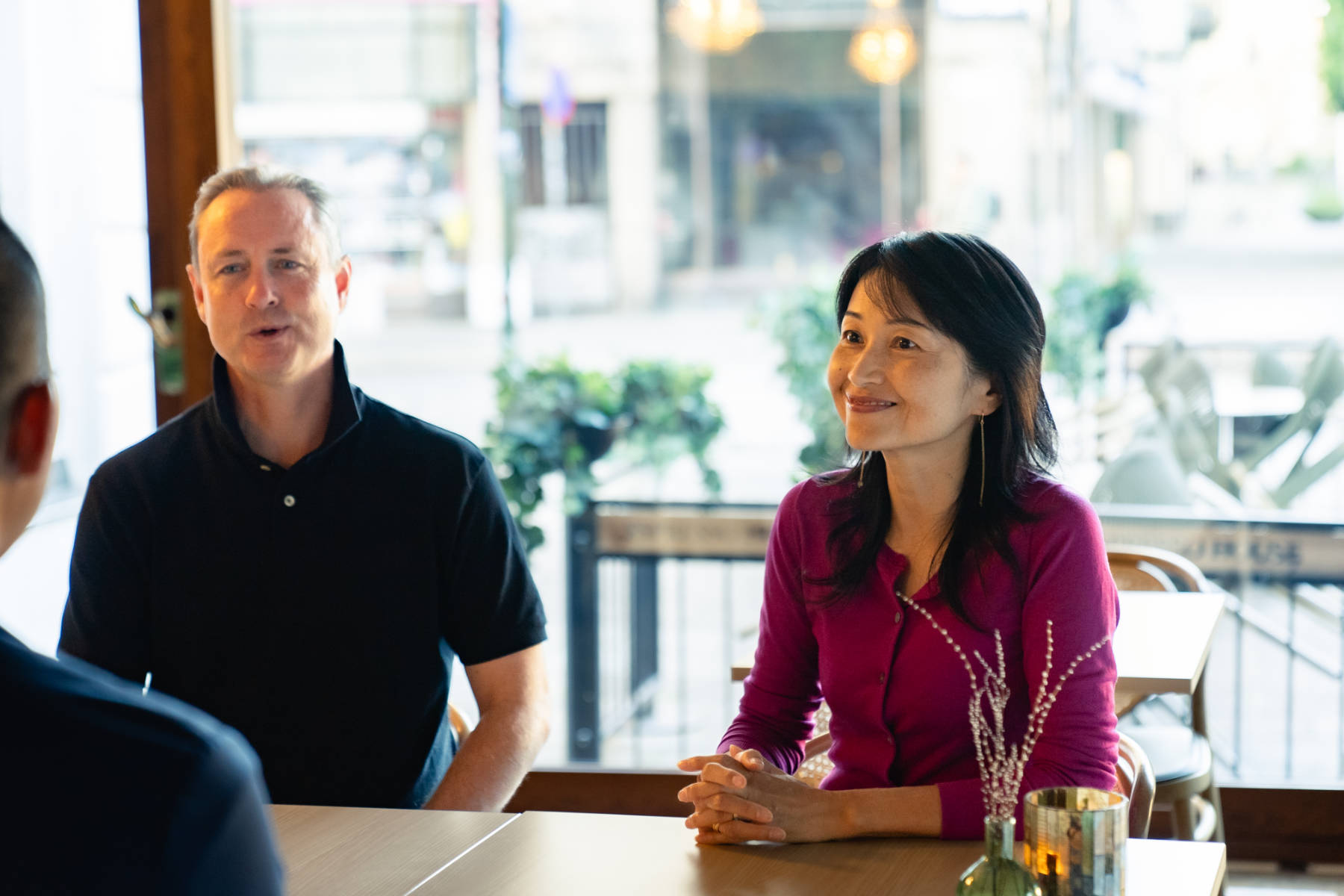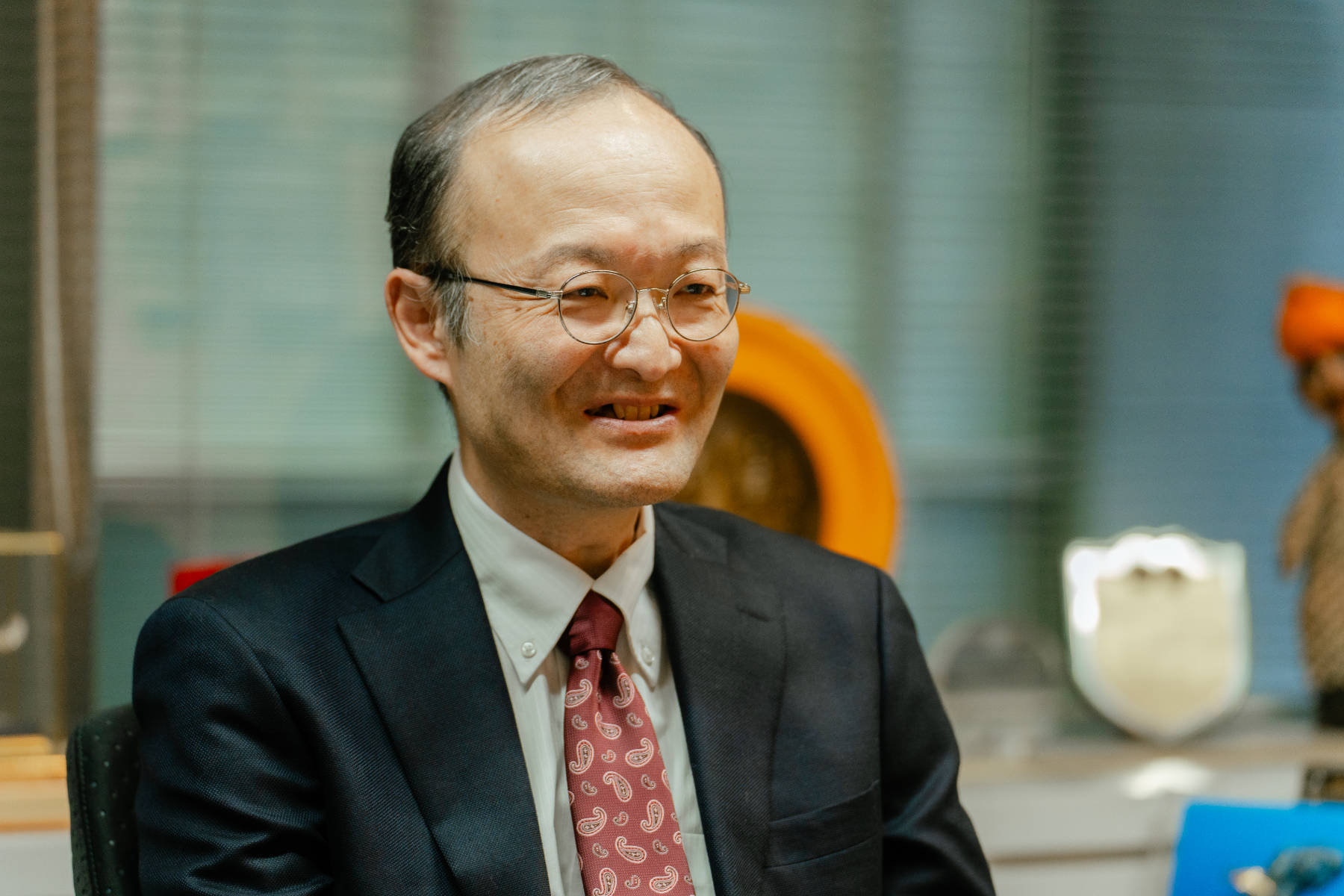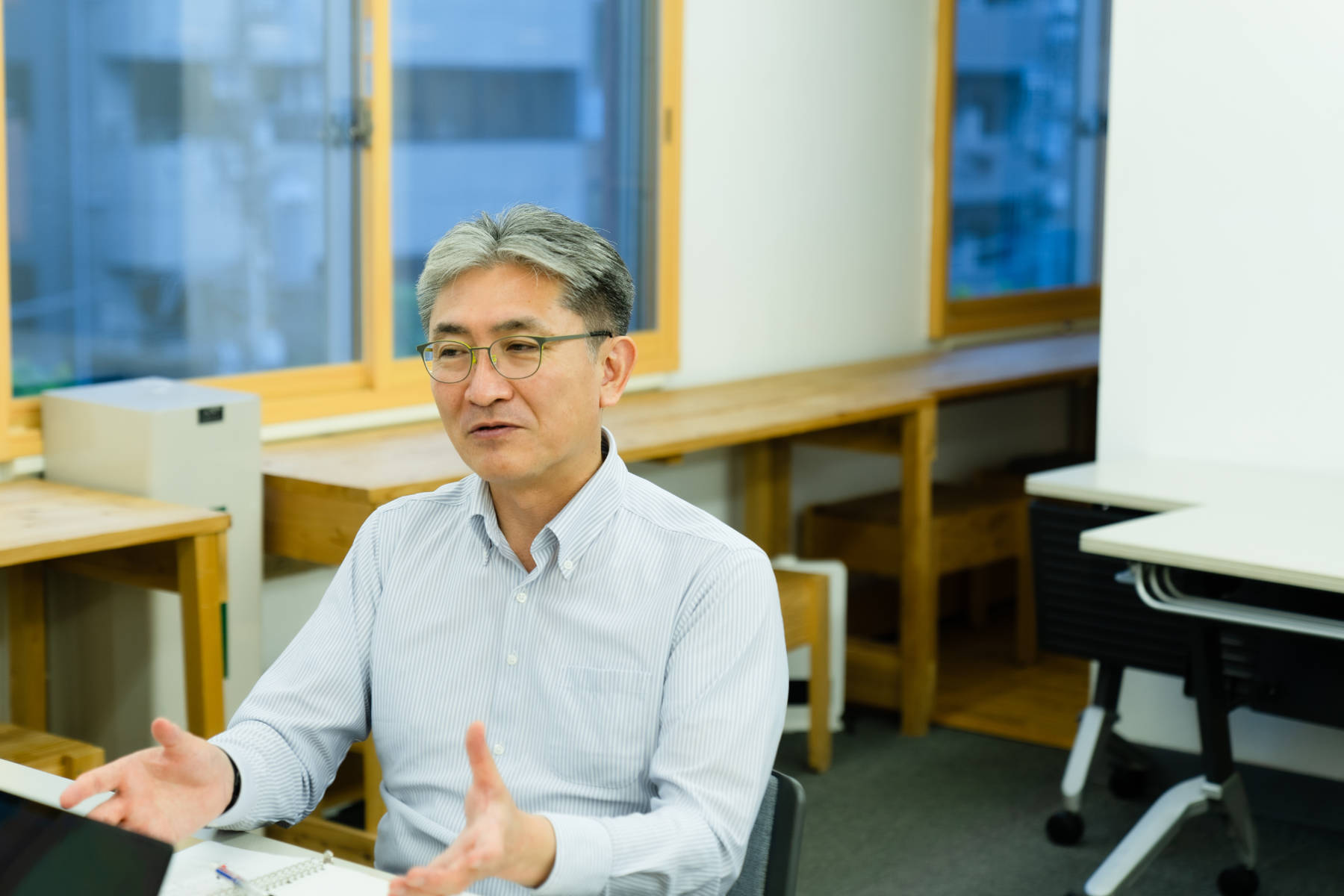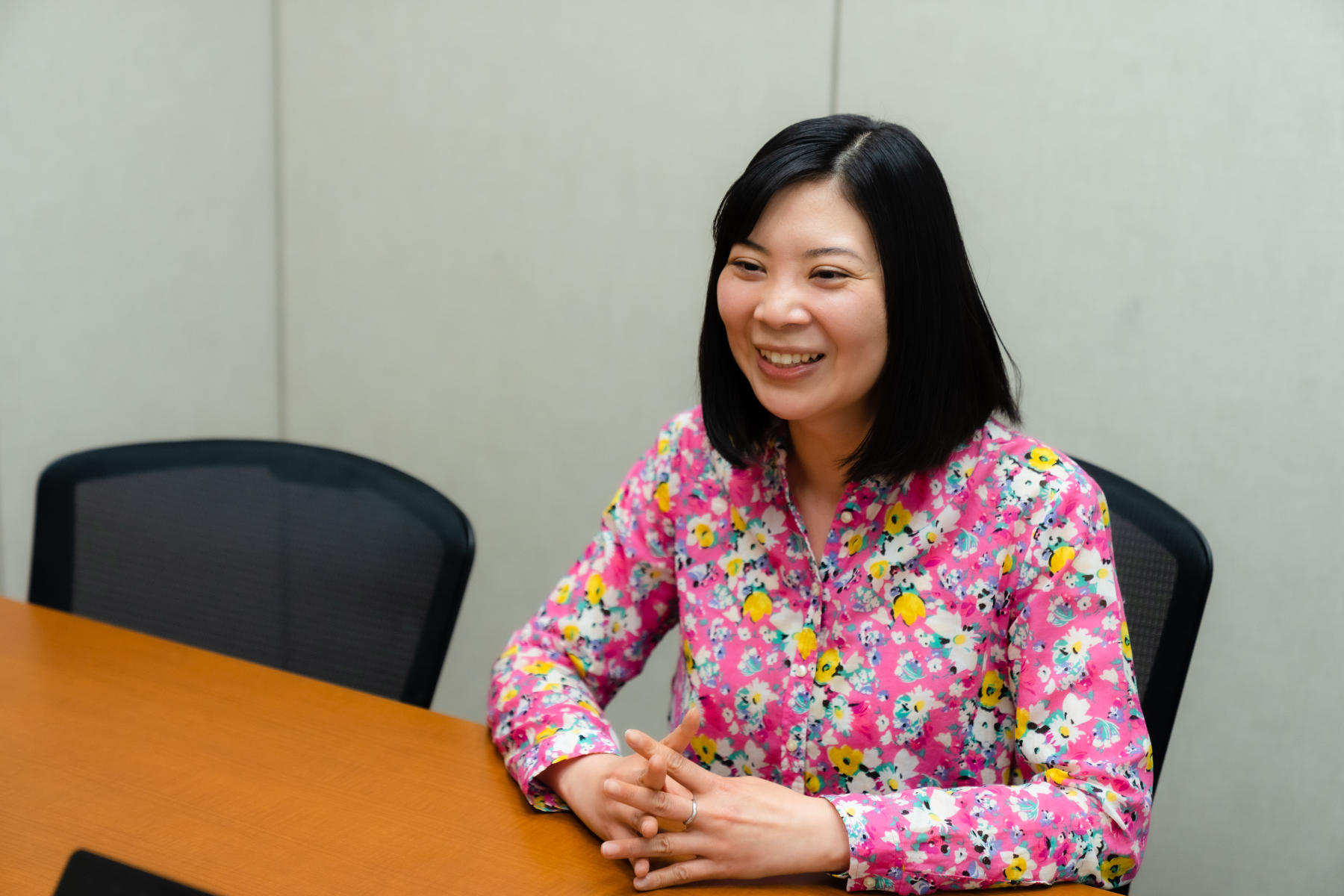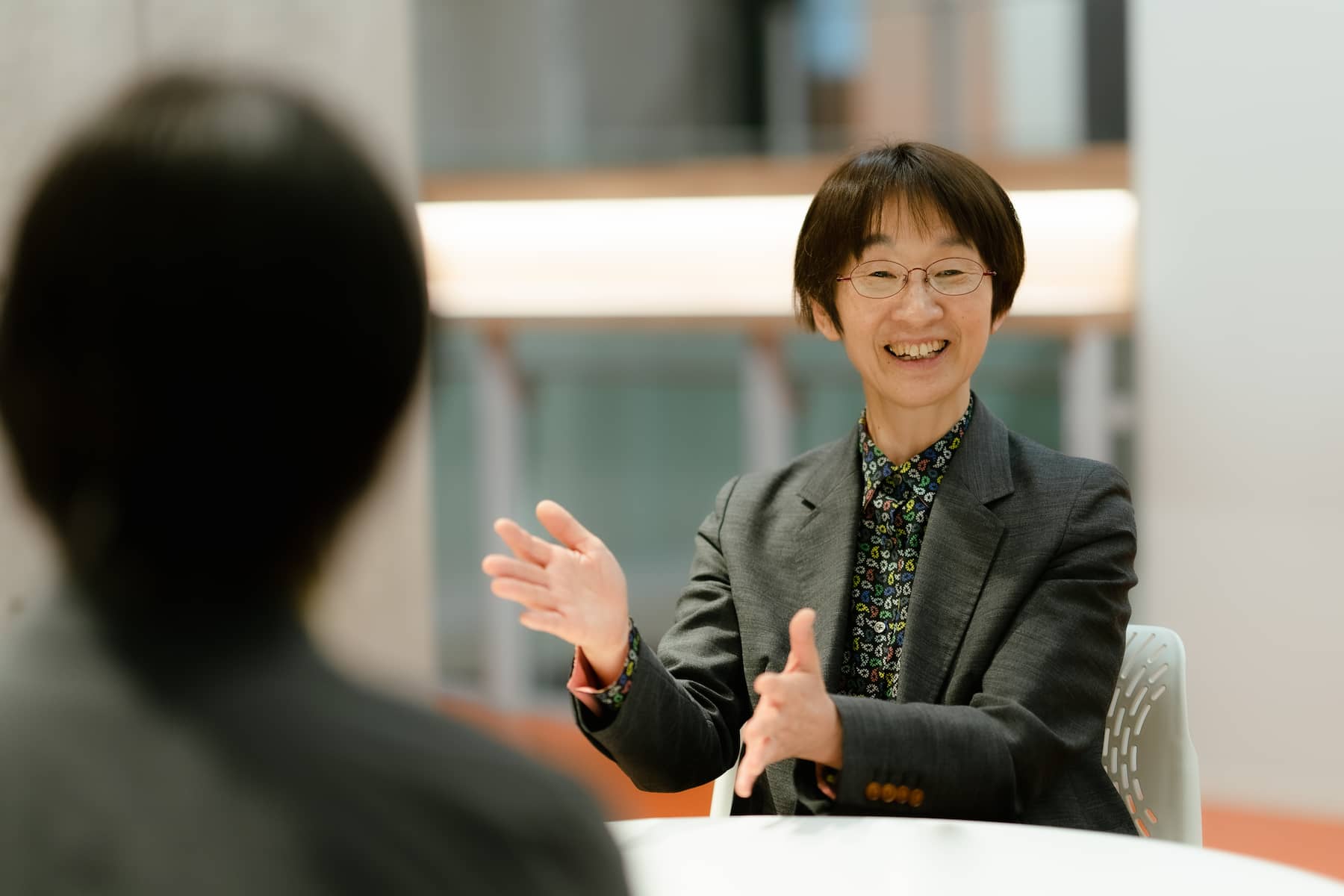CASE 14
Ohtawara City Hall, General Policy Department,
Policy Promotion Division, Policy Promotion Section
(October 2018 – March 2019)
A public relations strategy that deepens connections and leads to further actions. Small-scale, personal events match the city’s desired trajectory
Ohtawara is a city of approximately 70,000 people located in the northeast of Tochigi prefecture. This town has played a role as the central city of northeast Tochigi, building on its origins as a castle town from the Edo period. Faced with a declining population, the town began to work on disseminating positive information in 2016. Hitoshizuku joined Star Med Group and HITOMINA Co., Ltd to support the 3rd year of this project in the fall of 2018 through actions such as event organizing in the Tokyo metro area and fact book production. We spoke with Mr. Yoshiyuki Ito, the Policy Promotion Section Manager of the Policy Promotion Division in Ohtawara City Hall’s General Policy Department, to hear his thoughts.
Supporting Ohtawara City in their 3rd year of promotional work. They’ve looked past building awareness to target returnees
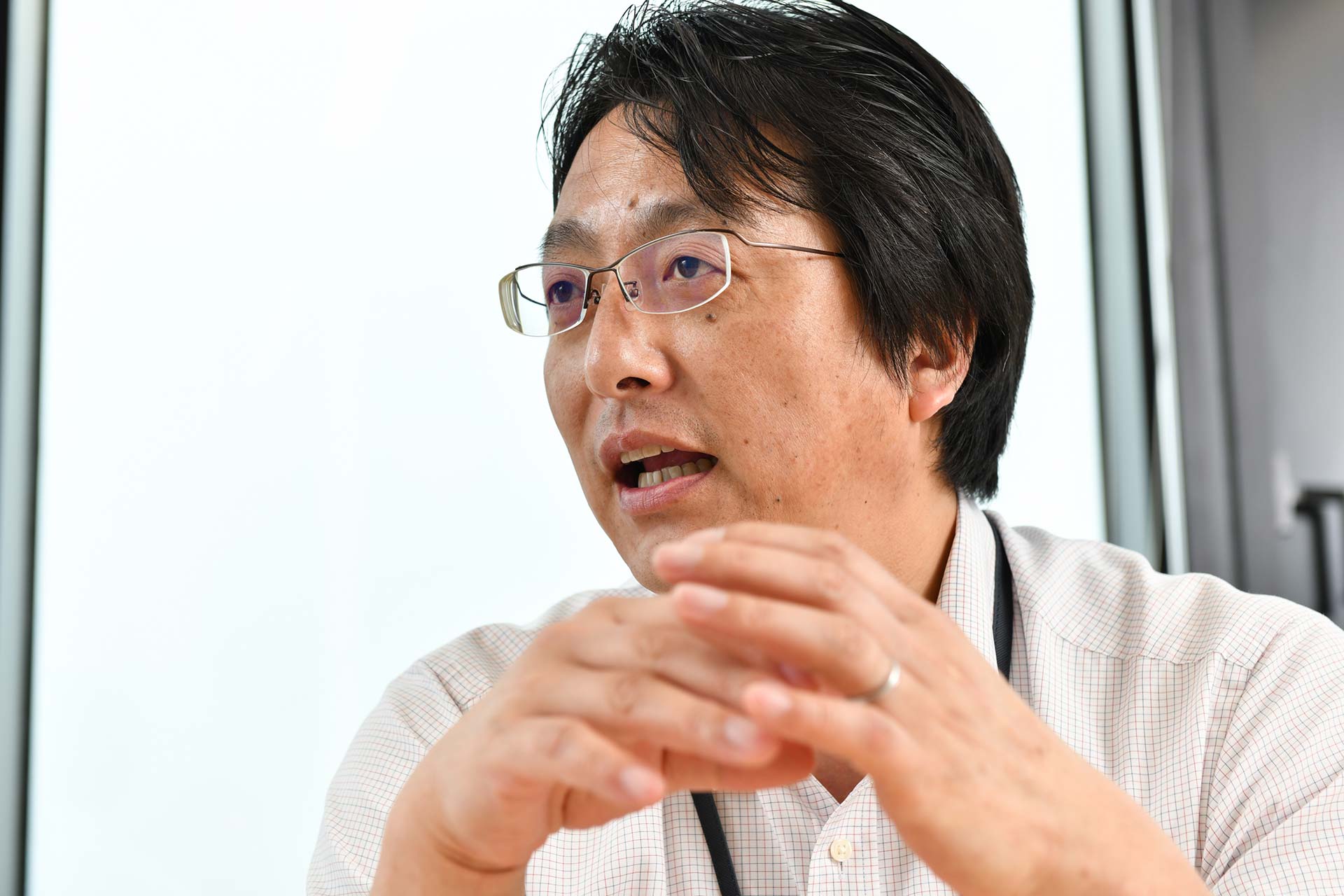
Yoshiyuki Ito, Ohtawara City Hall, General Policy Department, Policy Promotion Division, Policy Promotion Section Manager
Hitoshizuku supervisor Yoko Ushijima (Ushijima):
We here at Hitoshizuku were tasked with supporting Ohtawara City’s promotional work. Broadly speaking, this work is focused on promoting resettlement, but what was the original issue that motivated Ohtawara City to take this course of action in the first place?
Yoshiyuki Ito, Ohtawara City Hall (Mr. Ito):
I think it’s the same issue that’s confronting most towns these days: a shrinking population, specifically among young people. With places deeper in the prefecture like Nasushiobara and Nikko, Ohtawara City has trouble attracting tourism. In that context, as a city without much tourist appeal, we’ve been trying to put the brakes on our shrinking population for quite some time. We began to take serious steps to address this in 2016 with a promotional effort called Ohta-wara City Project (*wara=smile).
The 1st and 2nd years of this project we asked other companies to create videos which ended up getting quite a few views, so in that sense it was successful publicity in that it worked to raise awareness. However, the effect was only temporary, and we realized our next challenge was to link those efforts to future actions.
Ushijima:
When you say linking those efforts, you mean not just raising awareness, but rather actions like actually getting people to visit the town or relocate, correct? This focus on a younger group of people was something we’d asked about when the project first started, but could you tell me again what your thoughts were behind deciding to specifically focus on young people? Other community leaders often like to frame their resettlement efforts around providing a good environment for raising a family, so what was the logic behind Ohtwara City’s decision?
Mr. Ito:
Of course we’d be thrilled if people wanting to start a family were to resettle here, but just about every town and village in the country is focusing their resettlement promotion efforts on that same group of people, so it was something we never really considered.
We instead decided to set our sights on the U-Turn group, people who are originally from Ohtawara, or people who lived here temporarily for work and then left. Our image was people like that. We also wanted high schoolers living here, as well as students living in places like Tokyo for college, to once again learn about Ohtawara City. Taking a long view of things, we hope this sets the foundation for people to eventually return. Currently, in part because Tokyo is so close, 70% to 80% of children born in Ohtwara City are leaving. There are appealing aspects to Ohtawara that they may not have noticed precisely because they were born and raised here. We want them to be aware of these aspects so that even if the children end up leaving, more of them will want to return at a later date. This was the feeling at the root of our decision.
Ushijima:
Was there any specific cause that led to you to focus specifically on these U-Turn cases?
Mr. Ito:
To be honest, it’s mainly because Ohtawara City isn’t well-known haha. Our 1st and 2nd years of this project we temporarily expanded awareness through our public relation activities, but it was extremely difficult to translate that awareness into action that connected to our next steps. Given that, we decided it would be more effective to focus our efforts on people who already knew about our town.
Holding events using sake and coffee as a casual way to break the ice. Communicating the appeal of the town at intimate events
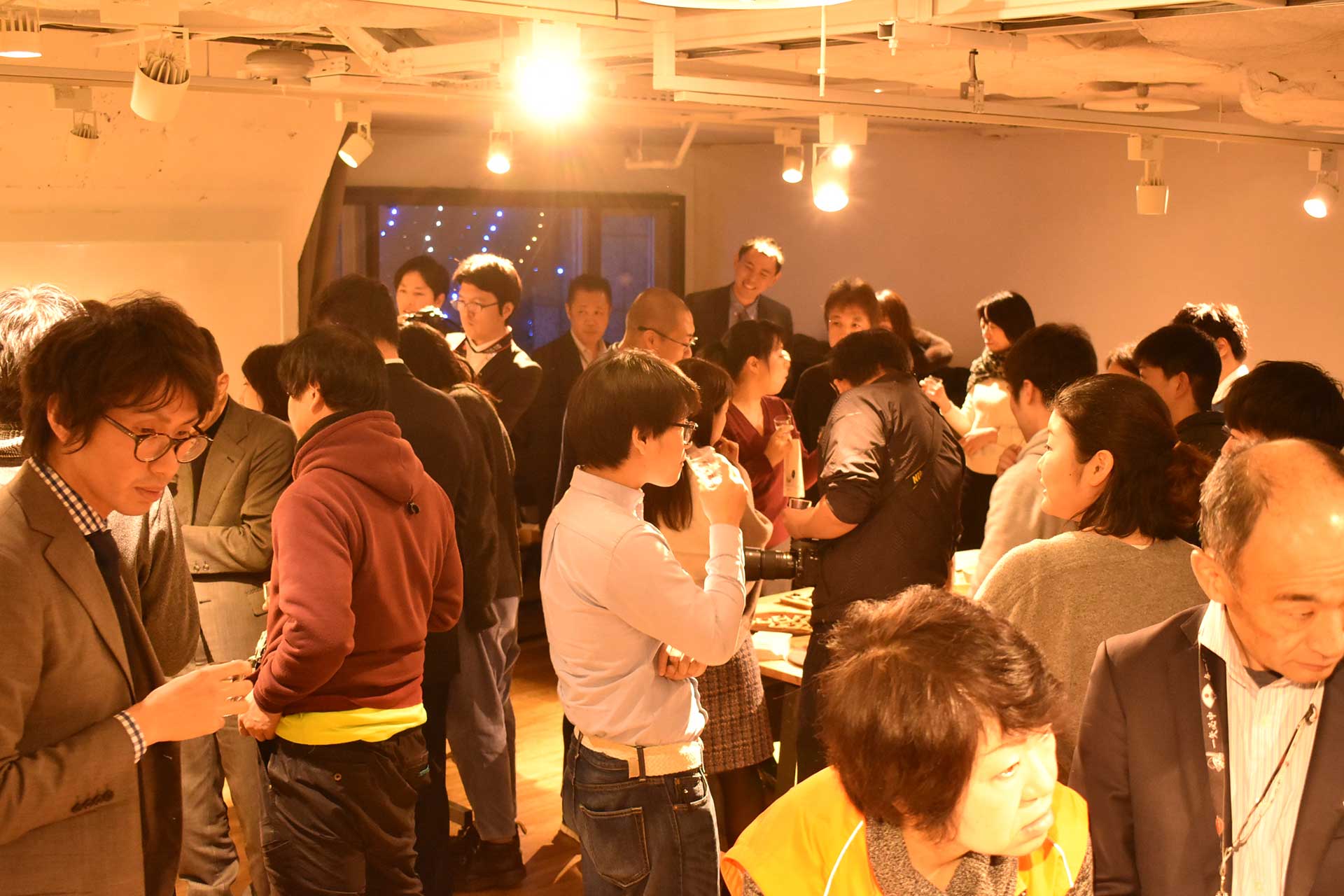
A photo from the December 12, 2018 event in Yokohama entitled “Sake: Connecting town, nature, and people.” After the event there was a reception with Ohtawara sake and other local specialties
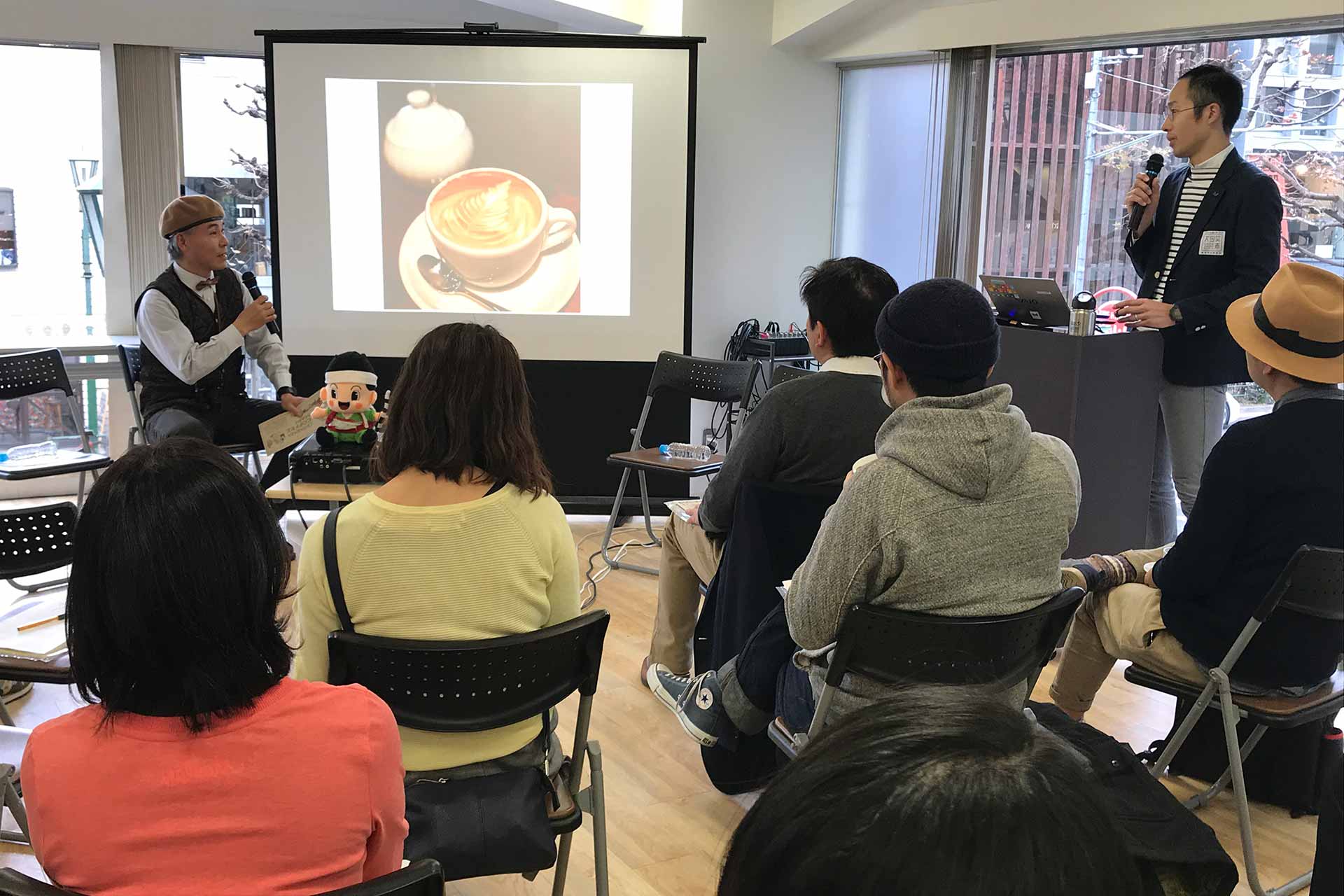
A photo from the January 26, 2019 event in Gaienmae, Tokyo entitled “A town bringing smiles through coffee: The appeal of Ohtawara coffee”
Ushijima:
Taking what you learned in the first two years, your focus on a specific group in the third year was precisely because you knew the next issue was to connect actions to next steps. Since Hitoshizuku joined your efforts during this third year, what was it about our proposal that sparked your interest or anticipation?
Mr. Ito:
We had Hitoshizuku assist us with 3 projects: A local writer’s course, events in the Tokyo metro area, and creating a fact book about the appeal of Ohtwara city. Particularly with the event in Tokyo, we were interested in what would happen and how you would get people to come.
Ohtawara City had absolutely no experience holding events like this by ourselves. We’ve participated in resettlement fairs held by the prefecture, but this was our first attempt at organizing an entire event from the planning stage to the space reservation by ourselves.
Ushijima:
After finding out what people throughout the town were excited about, we decided to propose two talk events, one centered on sake and the other on coffee. “Sake: Connecting town, nature, and people” was held on December 12, 2018 in Yokohama and featured Mr. Ozaki from Tentaka Shuzo brewery in Ohtawara and two people from a regional development cooperation team. The event also included an opportunity to taste different kinds of sake. On January 26, 2019, “A town bringing smiles through coffee: The appeal of Ohtawara coffee” was held in Tokyo’s Gaienmae neighborhood. Attendees could drink coffee while participating in a talk event with Ohtawara café and coffee shop owners and local writers. Each event had between 20 and 30 people attend.
This was the first event that Ohtwara City organized by itself, so basing events around these themes was also a first. What’s your assessment of both of these events?
Mr. Ito:
As a city, we’d never considered basing an event on sake and coffee! But the truth is, for whatever reason, the number of coffee roasters in Ohtawara has increased over the past few years. Beginning with Tentaka Shuzo, we also have 6 different sake breweries hard at work in our town.
At the same time, I was a little worried that people would actually attend given the 1000 yen participation fee.
From the start we knew that if we held a straightforward messaging event like “Come live in Ohtawara!” most likely no one would actually attend. That’s why using sake and coffee as a way to approach people was simply a great idea. People interested in those things were more likely to attend, and if their final impression was that Ohtwara is a place they can drink delicious coffee and sake, then I think the appeal of the town was communicated.
In the end the 2 events lived up to our expectations. The environment was so much more friendly and relaxed compared to the large-scale events we’d attended in the past, and it was fun to be able to continue talking with the attendees even after it was over. We had this image of events being one-directional speeches by lecturers, so being able to look each attendee in the eye and directly speak with everyone was great. I can definitely envision doing more events at that scale in the future. We were able to gain new methods and perspectives that we hadn’t considered before, so I think this was a great achievement.
We’re still in contact with people we met at the event, including a person I’d never met before who holds regular concerts in Ohtwara. Since then we’ve been receiving information about the concert, so the talk event was a really a starting point that created ongoing relationships. This was all thanks to the size of the event and being able to make personal connections with the attendees.
Ushijima:
I’m glad to hear that there are people you’re still in contact with from that event. What did you think about the age range of the attendees? I know you had targeted young people, but rather than teenagers and people in their 20s, we mostly had people in their 30s and 40s show up…
Mr. Ito:
Just because there weren’t more young people at this event doesn’t mean that I think it was a failure. If you think about sake and coffee, these are things that generally appeal to people who are a bit more mature. Even so, college students in their 20s who were interested in local initiatives also came to the event in Yokohama, so with a bit of adjustment, I think it will be possible to bring in more young people as well.
A writers’ course creates connections between locals.
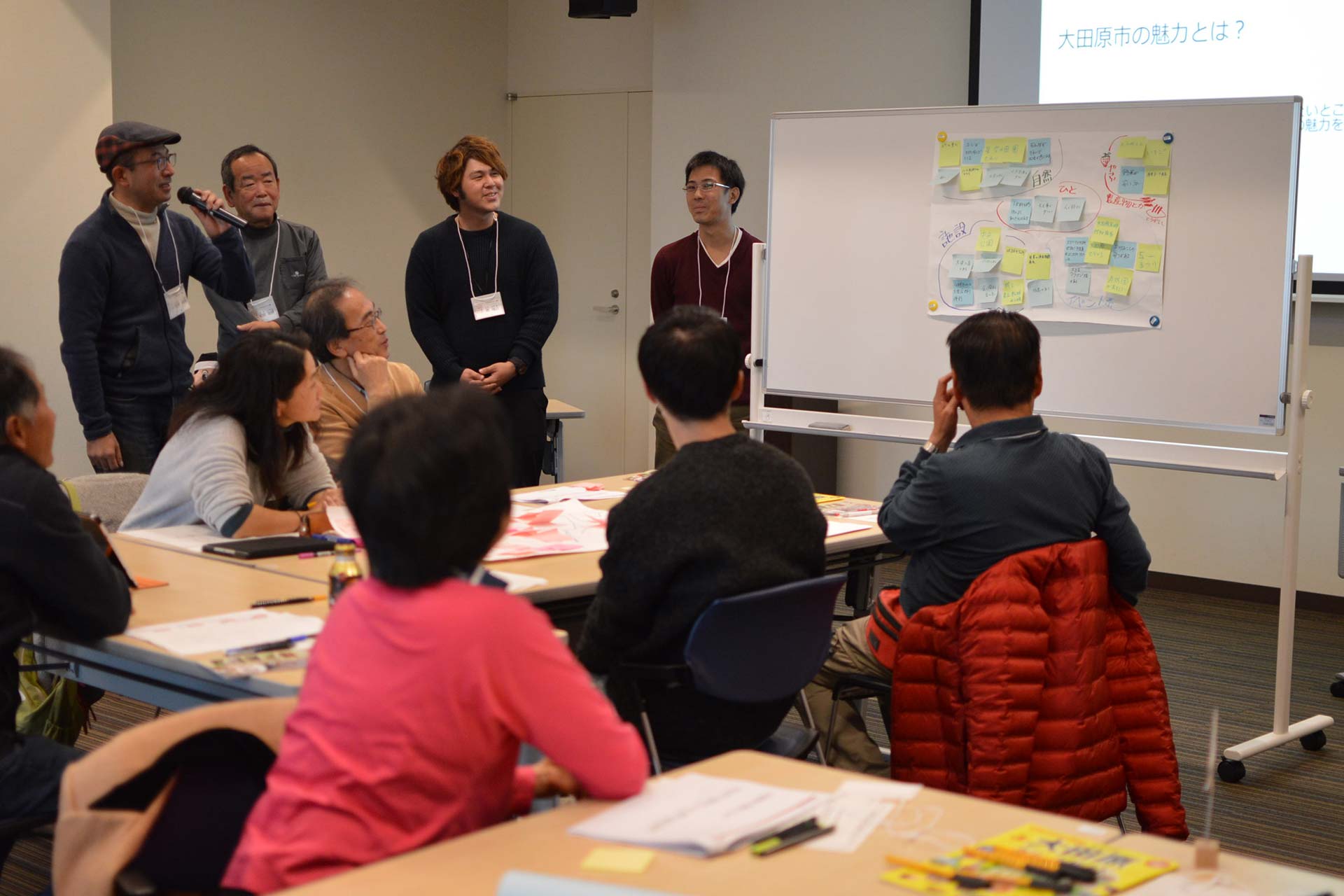
A workshop exercise during the local writers’ course. Local participants worked in teams to present what makes Ohtwara City special.
Ushijima:
What did you think about the local writers’ course? Star Med continued the work they had done during the first two years and were responsible for the lecturer and course content, so Hitoshizuku was involved in more of a managerial capacity. Since this was the 3rd year of the event, were there any particular areas that you wanted to improve?
Mr. Ito:
We envisioned this as more of a long-term project, so even if the number of participants was slightly lower than the year before, I think a smaller group meant people could connect more easily and have fun. I think holding three lectures from November to January instead of only one might be why people were able to open up.
The participants in this local writers’ course contribute to a website run by the city called “Ohtawara City Charming Smile Site,” and even though there are some people who have stopped contributing, I think that’s to be expected. If even 10% continue to contribute that’s more than enough. But the local writers and the content they create comes from a completely different viewpoint than our own, so I’d love for those writers who stepped away from the project to come back if they can.
Ushijima:
As a way to try to follow up after the course this 3rd year, Hitoshizuku created and managed a Facebook group as a way to keep the writers connected. Unfortunately at this point it hasn’t developed beyond an independent community exclusively for local writers, but it’s something that could be used to organize a follow-up lecture or as a way to regain contact with participants who may have stepped away from the project.
Mr. Ito:
That’s right. I think there are a lot of different ways we can use this Facebook group you created going forward.
“We plan to distribute the fact book to local high schoolers”
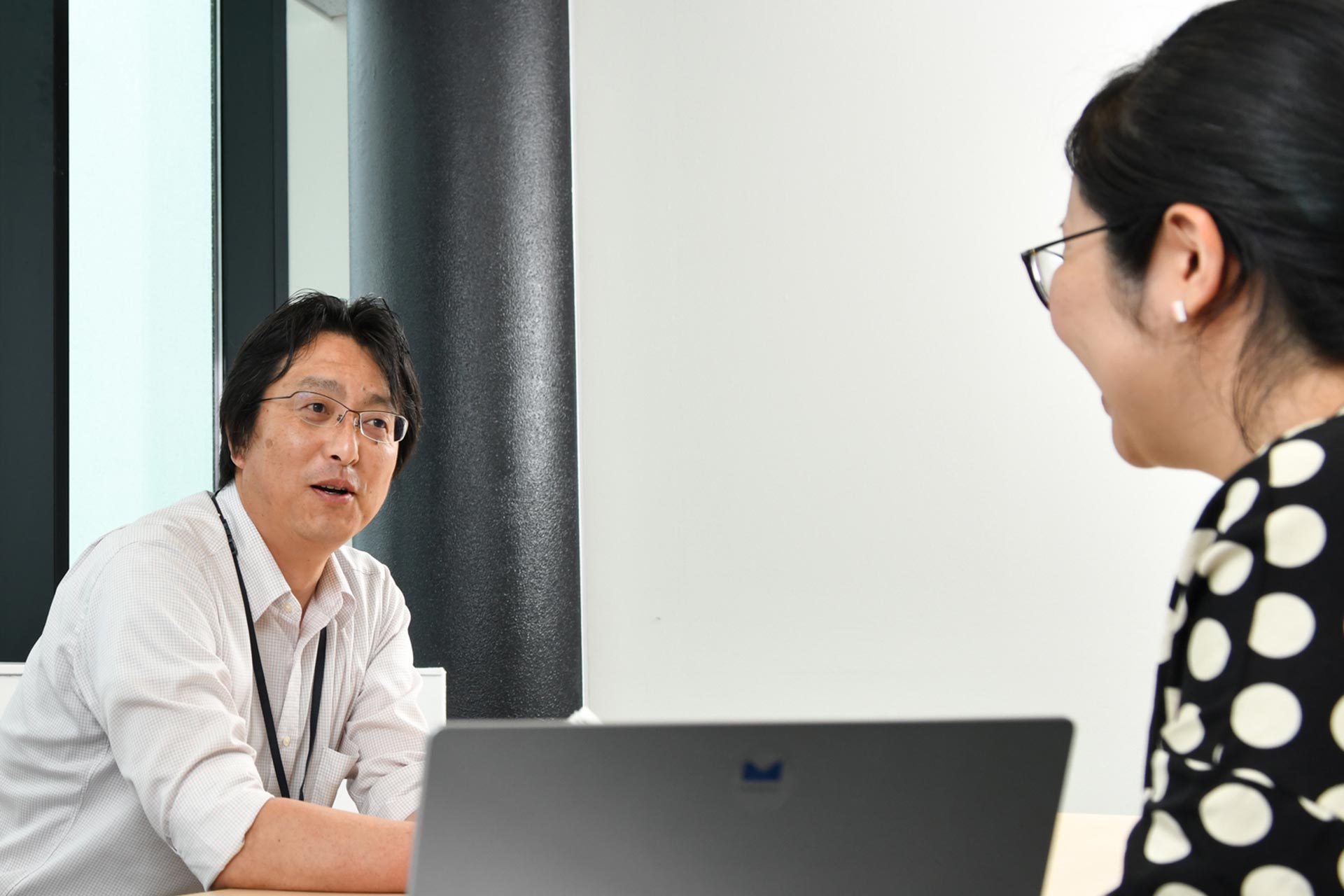
Mr. Ito and Hitoshizuku supervisor Ushijima
Ushijima:
One of the other projects we undertook was creating a fact book full of appealing information about the city. Is it something you’ve been able to use?
Mr. Ito:
Although we haven’t done anything with it yet, we’re planning to distribute it to high schoolers within Ohtawara. As we talked about earlier, I want to communicate to high schoolers who are currently living here that their town has a lot of appealing points. The fact book is a tool that we’ll be able to use to help accomplish this, I think.
Ushijima:
For example, you wouldn’t know that there’s a lot of child-care support here unless you were in that situation and did some research. If, as a high schooler, you’re able to get a comprehensive understanding of the town through the fact book, later on, when you’re in that situation, you’ll most likely remember that your hometown is a great place to raise a family.
Mr. Ito:
Right, that’s exactly the kind of result we’re hoping for. We’ve made a lot of different tourist pamphlets highlighting things like sights and places to eat, but once it was created I understood that the fact book has a completely different role. The various aspects of Ohtawara are summarized in one place, so it’s possible to get a comprehensive understanding of the town. We still haven’t actually used it, but it’s an excellent foundational document that we’ve shown to media members and administrators in other regions.
An event with a limited number of people matches Ohtwara’s desired trajectory. “I think we know where to go next.”
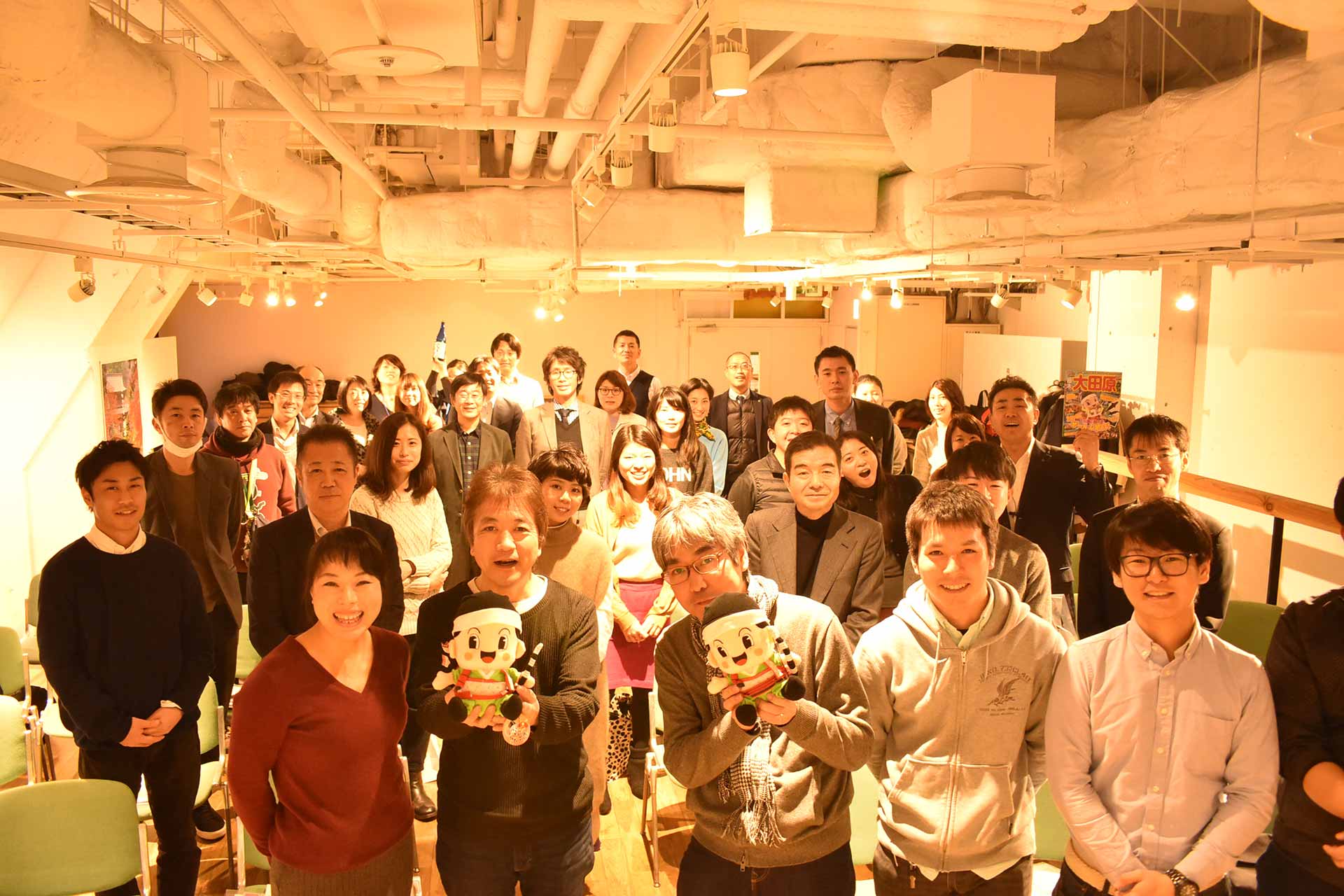
The Yokohama event filled with the smiling faces of participants and organizers
Ushijima:
We worked together for half a year, so as you look back over that time and the projects you implemented with Hitoshizuku, what stood out to you, good or bad, from that time?
Mr. Ito:
I don’t have anything negative to say. Simply put, it was really interesting. Particularly the events where we were able to have fun as well. The attendees seemed like they were enjoying themselves, so the fact that the organizers were also having fun meant it was a huge success. I know I’m repeating myself, but understanding it’s not necessary to hold big events has been a huge realization. Smaller events where people can more fully learn about Ohtawara City are much better, I think.
From an administrative perspective, we had felt that if we were going to hold an event we should aim to get 1000 people to attend… It’s a ridiculously high number, but something we tried to do in the past because it’s an easily understandable benchmark. I think it was an important step for us to experience and learn what can be communicated on a smaller scale.
To be honest, when I first heard that the event was going to be around 20 to 30 people my impression was that it wasn’t enough. My image of event spaces was always meeting rooms, so going to the event space on the actual day and seeing how stylish it looked was a big surprise, like, ah, OK, I get it now. It’s a place that we never would have found on our own, and after experiencing it for ourselves, it’s an option we can turn to in the future. That’s hugely valuable.
From this experience, I think even within city hall we’ve recognized that it’s more important to value quality over quantity, and we’ve understood the value of events and communication in small groups. I personally feel this aligns with Ohtawara City’s own trajectory, so moving forward I’d like to focus on implementing more of these small-scale projects.
Ushijima:
We’re happy to hear that the work Hitoshizuku did turned out to be valuable for Ohtawara City. If something comes up in the future, please don’t hesitate to contact us. Thank you very much.

Ushijima, Mr. Ito, and Mr. Inami, this year’s new program supervisor
Photography: Takahiro Yanai
Editing: Takako Chiba
RECENT WORKS
| Name | Hitoshizuku Inc. |
| Address | 3–33 Kitanakadori Naka-ku Yokohama-shi Kanagawa 231–0003 JAPAN |
| Phone | 81 045 900 8611 |
| info@hitoshizuku.co.jp |
| President | Hiroshi Kokubo |
| Established | March 2016 |
| Capital | 3,000,000yen |
| Business | Advertising & Public Relations Agency Planning & Produciton of Social Good Projects |
| Lawyer | Junna Tei / Yokohama First Law Office |
| Tax Advisor | Satoru Motokoide / Uniques Money Advisory |
| Labor and Social Security Attorney Office Work Innovation | |

